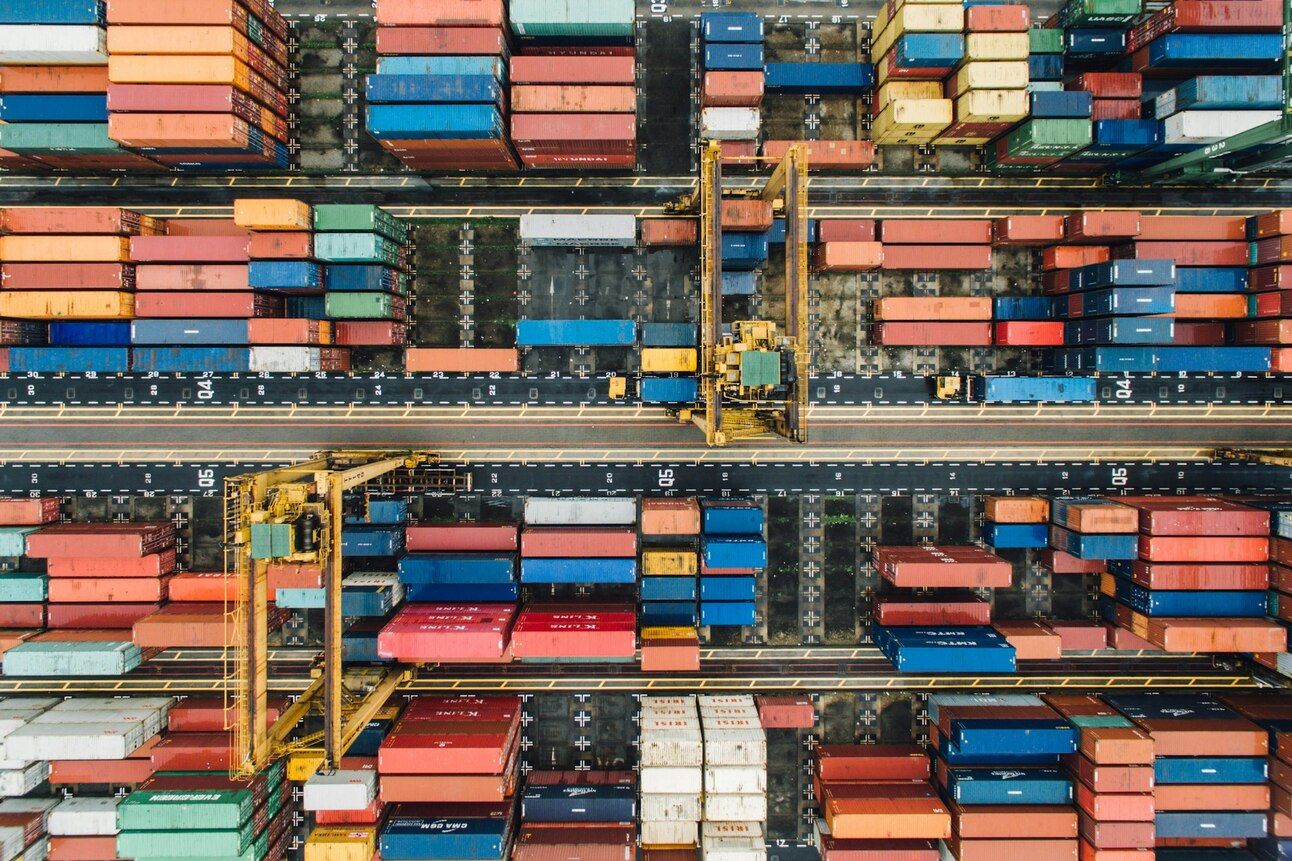
Photo by CHUTTERSNAP / Unsplash
What’s happening: This week, the Chinese navy is monitoring a massive 30,000-troop war game between Australia and America as tensions rise in the Indo-Pacific. At the same time, the Australian government is trying to repair tattered trade relations with the Chinese.
In a nutshell: Australia is feeling the pressure as it balances the influence of two major world powers in the region — China and America. Australia’s cooperation with the U.S. would make a Chinese invasion of Taiwan difficult, which is why the U.S. sees it as a necessary military ally. China, meanwhile, has used its economic leverage to try to push Australia away from America.
Moving to America: Australia cozied up to an expansive China well into the 2010s, culminating in a warm speech to the Australian parliament by Chinese President Xi Jinping in 2014. Since then, following Beijing’s coercive economic policies and a tense military buildup, Canberra has reversed course and aligned itself more closely with Washington’s priorities.
But: China is still Australia’s largest trading partner, though a mini-trade war has caused instability for both countries. Tensions rose following Australia’s ban on China’s telecommunications company Huawei in 2018 and when Australia demanded an investigation into China’s role in COVID-19 origins in 2020. China has responded with massive tariffs and halted high-level diplomatic ties with Canberra.
It’s not just Australia: European countries like France, Germany, and Italy, are caught in the same dilemma. They want to preserve their highly profitable economic relations with China but maintain also maintain their military alliance with America.
Big picture: Some Australian officials and leaders are looking to walk a fine line by easing trade tensions with Beijing while upping military partnerships with Washington. Further escalations between the two rivals could make that impossible, leaving Australia in a geographical hotspot.
